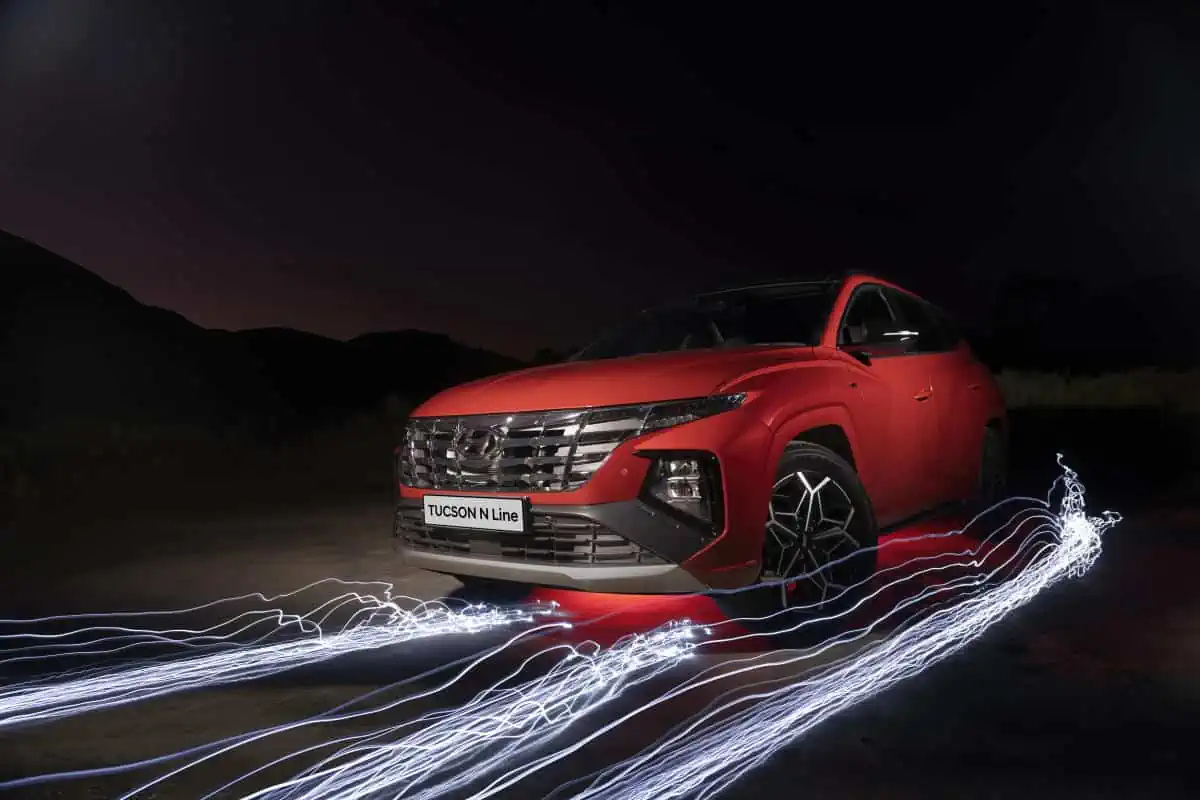Hyundai’s Tucson N Line is not merely a derivative with a new look – it combines the ultimate dynamic design, comfort and advanced features of the Tucson with the motorsport-inspired styling and attitude of Hyundai’s N Line. It is a unique combination of a family SUV and N-inspired sportiness.
“We launched the all-new Tucson in South Africa last year but, as was common in the auto industry at the time, we experienced stock shortages due to global supply chain problems. This has been alleviated, and we can celebrate the much-improved availability of the new Tucson with the unveiling of this new flagship in the local range: the Tucson N Line,” says Stanley Anderson, sales and operations director of Hyundai Automotive South Africa.
The dynamic design features are complemented on the Tucson N Line by refined motor driven power steering (MDPS) and adjusted suspension settings so customers can experience a sportier drive. Suspension springs on these top Tucson N Line trims offer 5% greater rigidity in the rear setup and 8% more in the front, while software changes in the steering give a slightly more direct, linear feel at the wheel.
Exterior design
Like the standard model, the new Tucson N Line stands out for its progressive design, integrating sharp lines, angles and shapes, as well as the Tucson’s new signature parametric jewel patterns.
The muscular stance of the Tucson N Line’s exterior design is based on Hyundai’s “Sensuous Sportiness” design identity, while at the same time offering refined performance-oriented design prompts. As with the standard Tucson, the N Line trim features prominent geometric patterns known as “parametric jewels”, giving it a powerful and energetic character. In addition, a low and wide stance emphasises its sporty credentials.
At the front, parametric jewels are displayed elaborately on the grille, which sits taller and is wider than on the other Tucson derivatives. For the N Line version, the parametric jewel patterns on the grille pieces have been elaborated with edges, creating additional reflections depending on the angle. The grille also incorporates the N Line badge.
Under the grille sits a rectangular-shaped bumper and a refined air intake, which is taller and bigger than on the standard Tucson for a sportier look. The bumper, which is replicated at the rear, works harmoniously with the bright silver skid plates. Meanwhile, striking black bezels frame the head lamps.
At the side, the Tucson N Line is characterised by an energetic-looking side moulding in body colour which offers dynamic proportions and lines to provide a slimmer look. This is complemented by a vibrant daylight opening (DLO) in glossy Black. The DLO terminates in the fast angle of the C-pillar, which generates a racetrack-inspired feeling of forward motion. Stylish Phantom Black side mirrors further enhance the Tucson N Line’s sleek styling.
To emphasise the car’s sporty appearance at the rear, the Tucson N Line is fitted with an aerodynamic spoiler that is longer than that of the standard model and garnished with fins. The lower rear is accentuated by a red reflector band and a diffusor. Aggressive twin tip muffler exhausts further underline the fact the model’s designers took many cues from the world of high-performance cars.
The new Tucson N Line is equipped with stronger and sportier 19-inch alloy wheels. Continuing the Sensuous Sportiness theme, parametric patterns emphasise their geometric structure. These are supplemented by wheel arches which match the body colour of the car. Tucson N Line customers can choose from four body colours: Crimson Red; Phantom Black; Titan Gray; and White Cream.
Spacious interior with sporty touches, advanced convenience systems
The Tucson N Line’s sophisticated and spacious interior features flowing forms inspired by waterfalls. This is accentuated by sporty N Line interior styling and an exclusive colour pack.
Tucson N Line customers can enjoy N-branded sporty seats with black suede and leather seat coverings, as well as red stitching. Red stitching is also woven on the door trim and armrest, while the grey cloth crash pad is garnished with red accents.
A dedicated steering wheel comes complete with an N logo. Other N design elements are to be found on the leather gear shift knob. Meanwhile, a black headliner gives the interior an extra sporty touch. Further N Line enhancements include metal foot pedals and doorstep inserts.
As with the new Tucson, a host of human-oriented technology features enable an intuitive user experience, including a new digital 10.25-inch open instrument cluster without a housing and an 8-inch infotainment touchscreen.
The new Tucson N Line also features Multi-Air Mode technology. This consists of a combination of direct and indirect air vents for air conditioning and heating to create a more pleasant indoor environment with more gentle air flow. The three-zone climate control caters to passengers in the rear seats in addition to occupants in the front of the vehicle. In addition, ventilated and heated seats in the front provide further comfort for the driver and passenger alike.
Apple CarPlay and Android Auto allow customers to mirror the functionality of their iOS and Android smartphones in a simplified and convenient manner. This feature is available wirelessly with the
8-inch infotainment touchscreen display. Other infotainment and connectivity features on the Tucson N Line include a wireless charging pad in the centre console, and front and rear USB ports for even more convenience, particularly on long journeys
A push-button start system, automatic climate control, a high-definition rear-view monitor, and an electric power tailgate opener rounds of the packet of luxury and convenience features.
Safety
The Tucson N Line’s advanced driver-assistance and active safety package makes it one of the safest vehicles on the market. It includes Smart Sense safety systems such as:
Smart Cruise Control, which not only keeps the car to a constant speed, but also uses adaptive cruise control to automatically maintain a constant following distance from the car in front. The length of the following distance can be determined by the driver.
Blind-spot Collision Avoidance Assist: BCA uses rear corner radar to monitor both of your blind spots. If a vehicle is detected in the blind spot while the turn signal is flashing, BCA will automatically apply differential braking during your attempted lane change thus helping you avoid an unsafe lane change and a potential collision.
Lane Departure Warning System, which warns the driver of a car or object in the adjacent lane when moving into the other lane.
Lane Keep and Lane Follow Assist (LFA). Should you drift out of the driving lane without signalling, LFA uses audio and visual cues to alert you to the danger. LFA’s camera monitors the painted lane markings using machine vision to ensure that the vehicle is driven within the lanes. When necessary, automatic steering correction is applied to keep you safely centred in the lane.
Fatigue Detection/Driver Attention Warning (DAW). It alerts the driver of his/her fatigue level or inattentive driving practices and recommends a stop to rest.
Forward Collision Avoidance Assist (FCA). Analysing the information from the front radar and camera, if a collision with a car, pedestrian or cyclist is estimated, the FCA’s warning signals and automatic braking help the driver to avoid or mitigate an accident.
Rear Cross Traffic Alert and Rear Cross Traffic Collision Avoidance Assist (RCCA). The system warns the driver if a collision risk is detected from the left or right side of the vehicle while reversing. If the risk increases even after the warning, RCCA helps to stop the vehicle.
The Tucson N Line Other safety features include ISOFIX child seat attachments in the rear seats; driver, front passenger, side and curtain airbags; LED daytime running lights; 3-point inertia seatbelts for the driver and all passengers; and side-impact protection beams.
A derivative of the new Tucson range was tested in the European New Car Assessment Programme (Euro NCAP) in 2021, and received a full rating of five stars, which is applicable to all variants. In the same year the Tucson also scored a full set of five stars in the Australasian New Car Assessment Programme (ANCAP), which also applies to all variants in the range.
Frugal turbodiesel and AWD transmission
The Tucson N Line’s 2-litre turbocharged CRDi diesel engine is paired with a Hyundai-developed eight-speed automatic transmission and HTRAC All-Wheel Drive (AWD) system. The turbocharged 1 998 cc-engine delivers up to 137 kW at 4 000 r/min., and 416 Nm maximum torque between 2 000 and 2 750 r/min.
It can move the Tucson N Line to a top speed of 201 km/h and accelerate in 9,4 seconds from 0 to 100 km/h, but the real outstanding feature of the engine is its frugal, real-life diesel consumption of 6,5 liters / 100 km – measured over a combination of urban and open-road driving.
The Tucson N Line’s advanced HTRAC AWD transmission is developed as a multi-mode system, and provides an electronic, variable torque-split clutch with active torque control between the front and rear axles.
By tracking vehicle speed and road conditions, the system can optimally apportion torque between the front and rear axles as well as control braking between left and right wheels.
All-new Tucson’s driver-selectable Normal, Eco, Sport and Smart drive modes apply specific HTRAC torque distribution settings, to provide confident control in all conditions.
For example, the Sport setting delivers an agile feel by sending a greater proportion of the available torque to the rear wheels.
The system has a wide range of torque distribution variability, and is designed to be advantageous in various conditions, including straight-line acceleration, medium/high-speed cornering, and during hill-starts.
Additionally, the HTRAC AWD system brings a Terrain Mode to enable safer driving on challenging untarred or gravel roads. The driver can choose between three settings: Snow, Mud and Sand.
Pricing
The suggested retail price of the new Tucson R2.0 N Line AWD is R799 900.
Included in the price are:
- A 7-year / 200 000 km warranty (consisting of a comprehensive 5-year / 150 000 km manufacturer’s warranty, supplemented by an additional 2-year / 50 000 km manufacturer’s powertrain warranty);
- A 6-year / 90 000 km service plan (with 15 000 km or annual service intervals); and
- 7-year / 150 000 km roadside assistance.
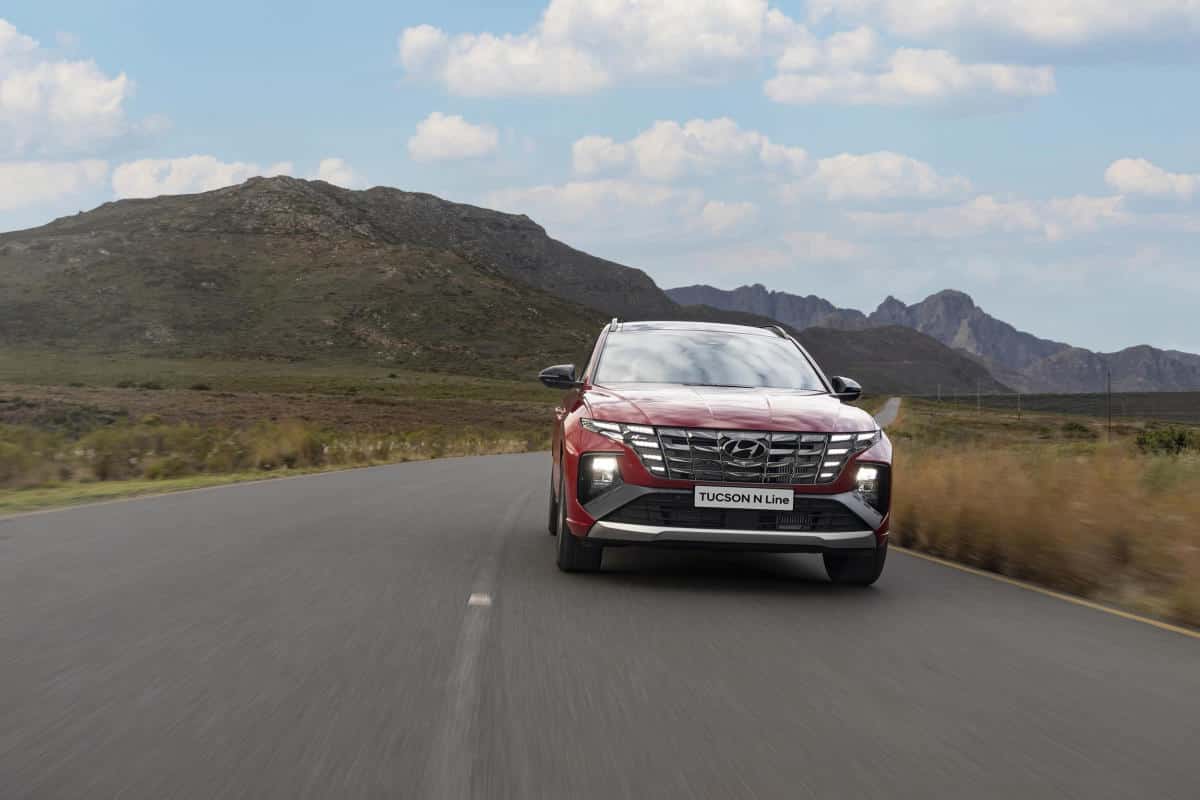
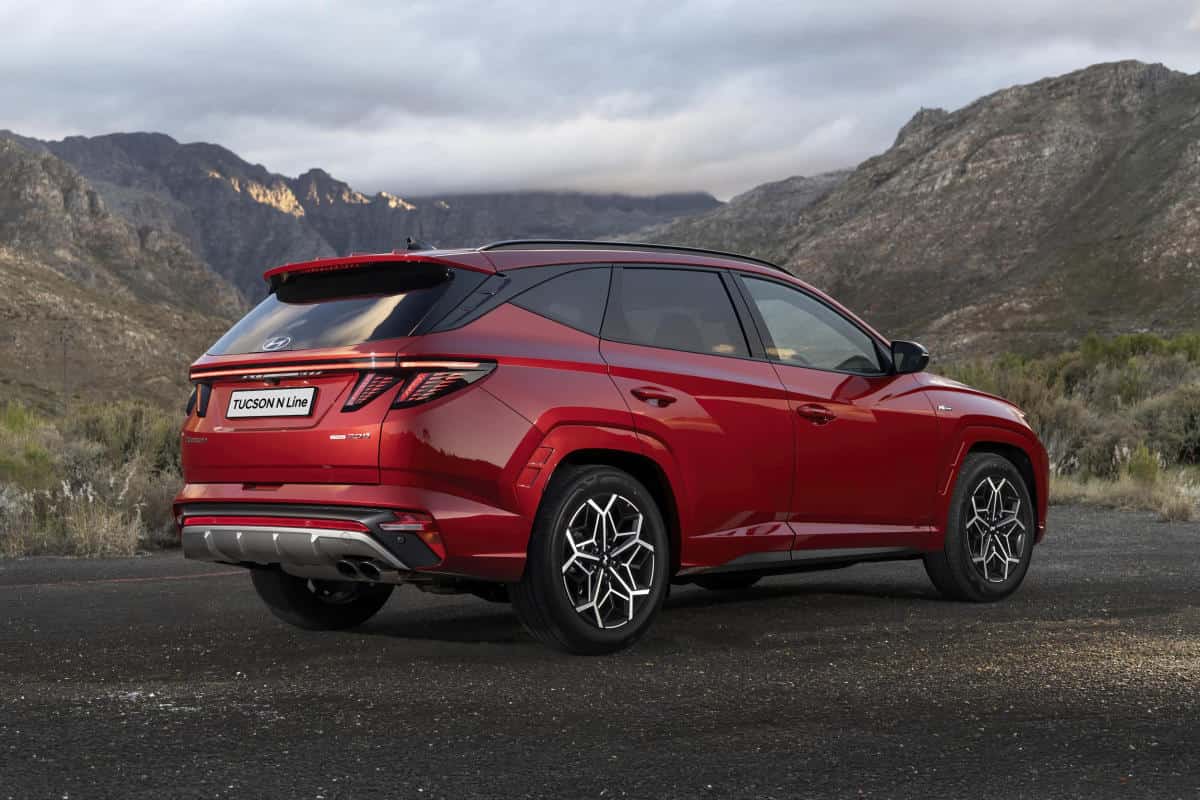
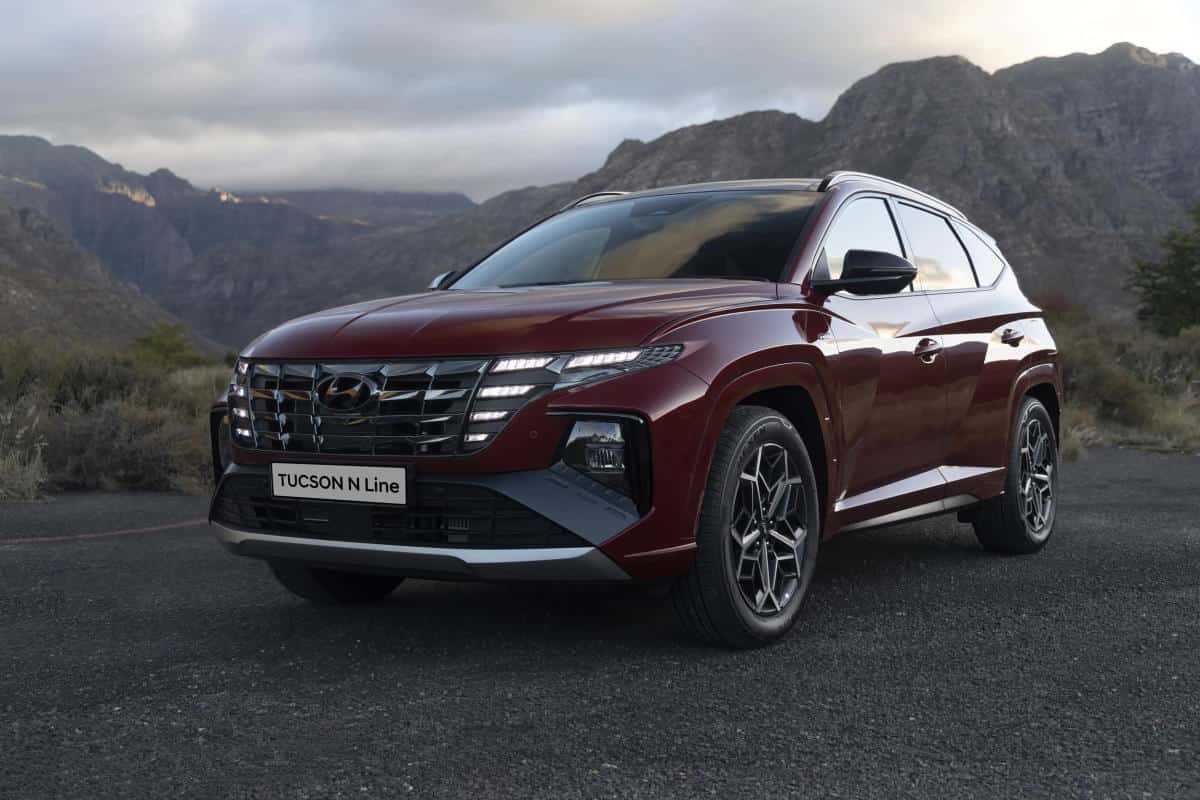
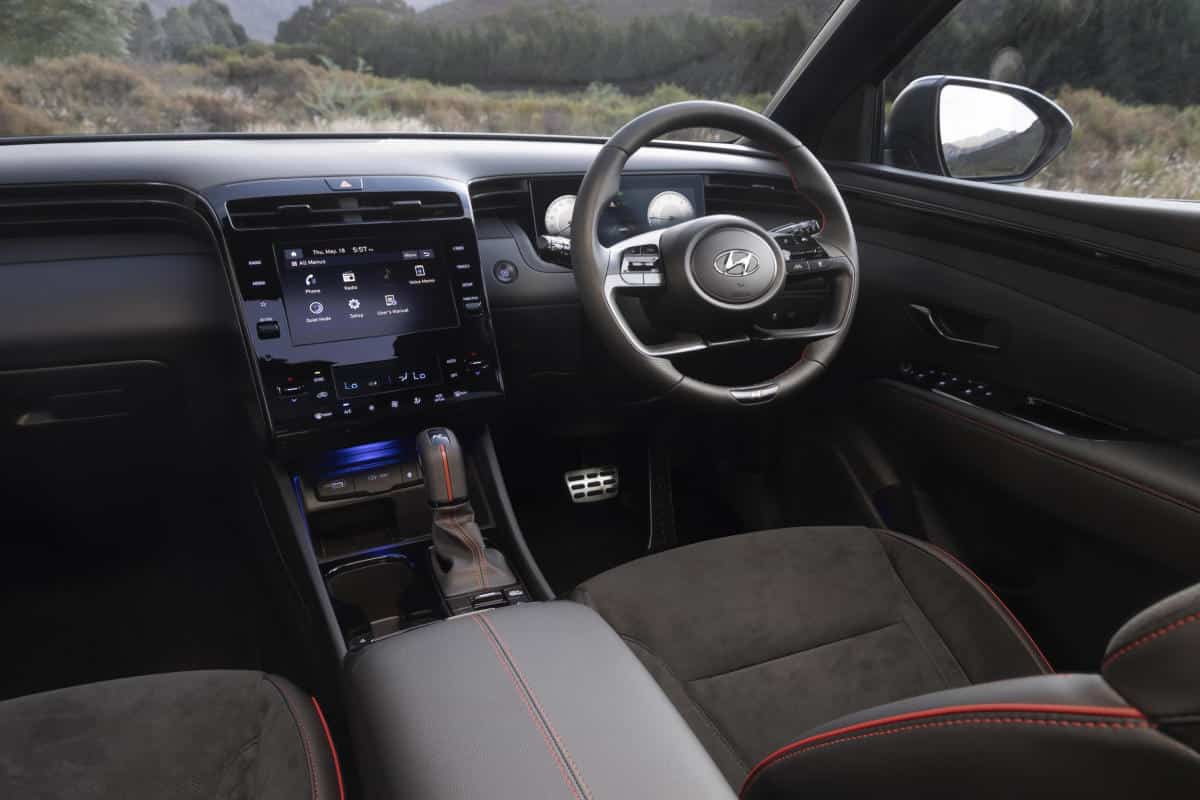
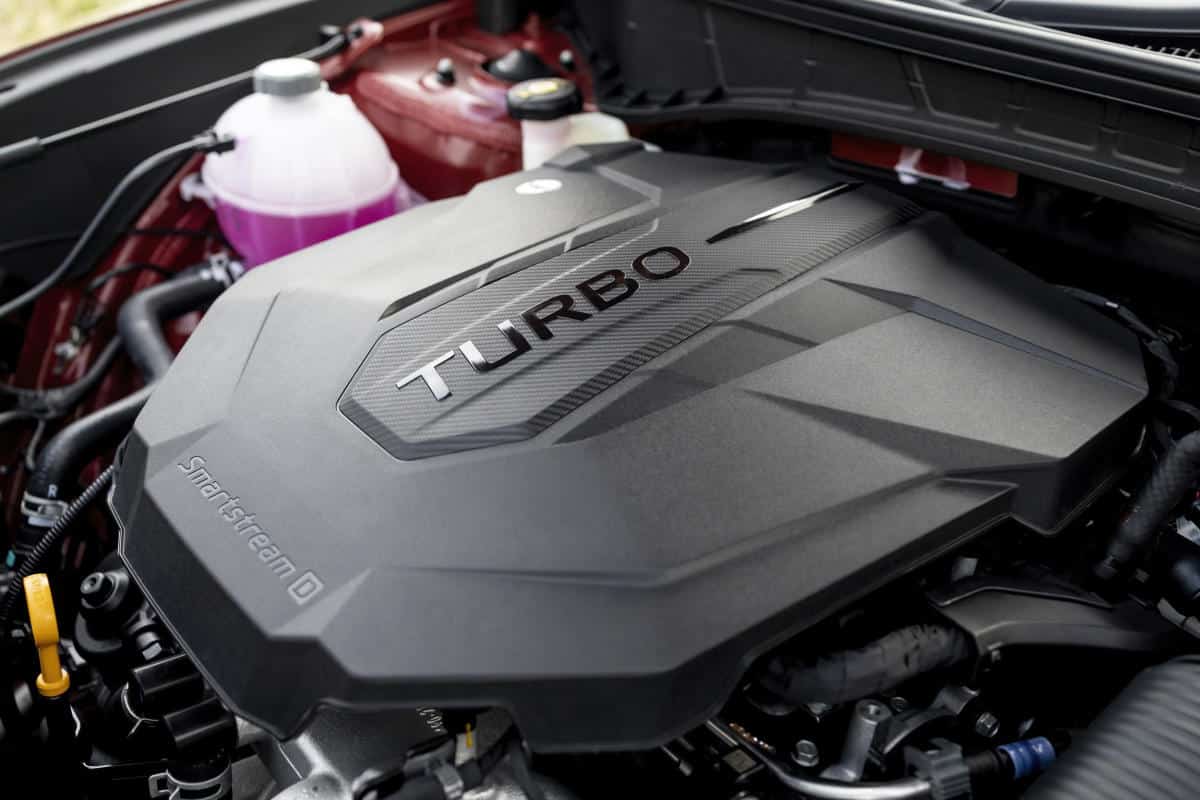
Content and images supplied via QuickPic
